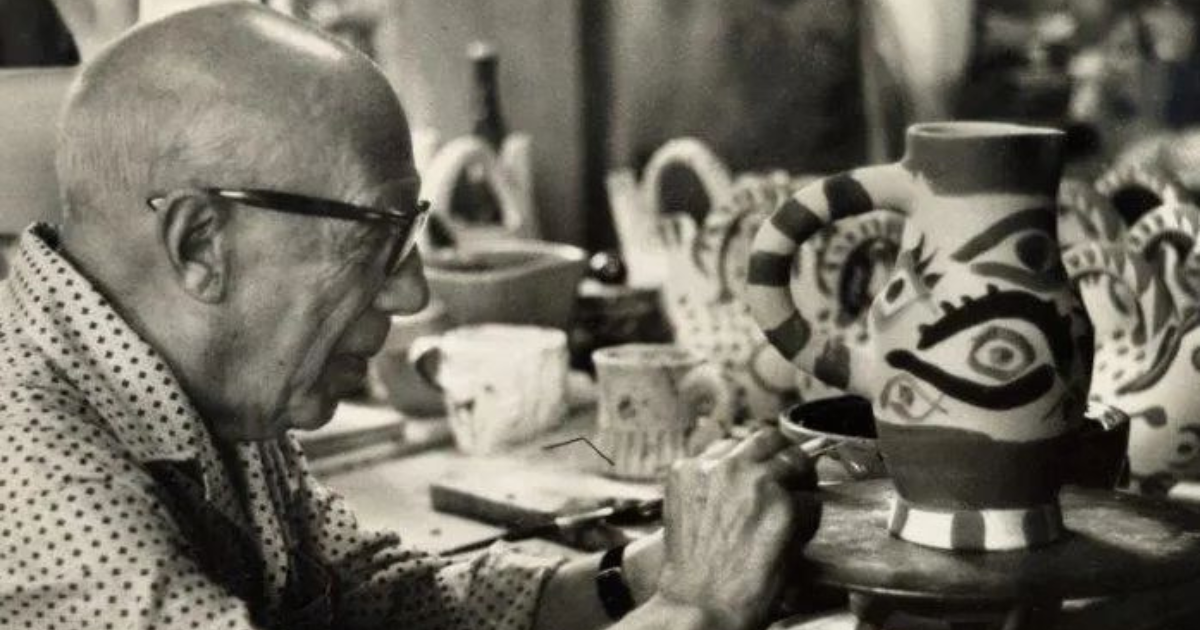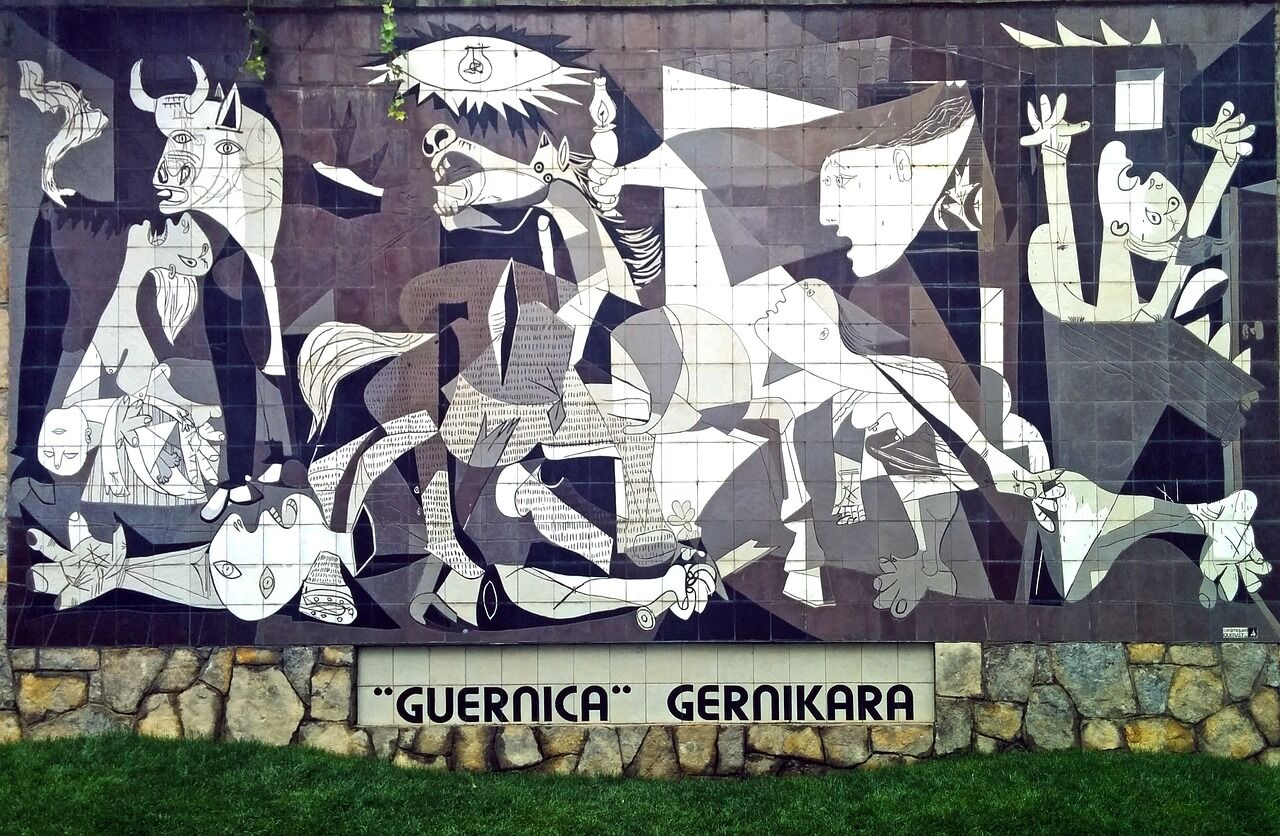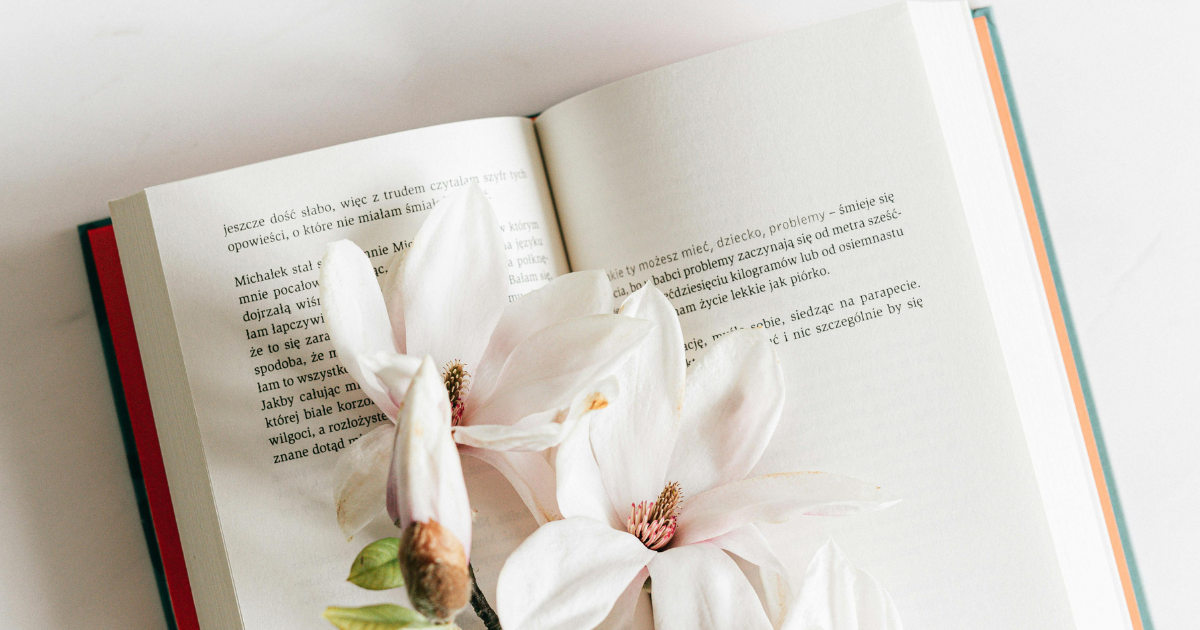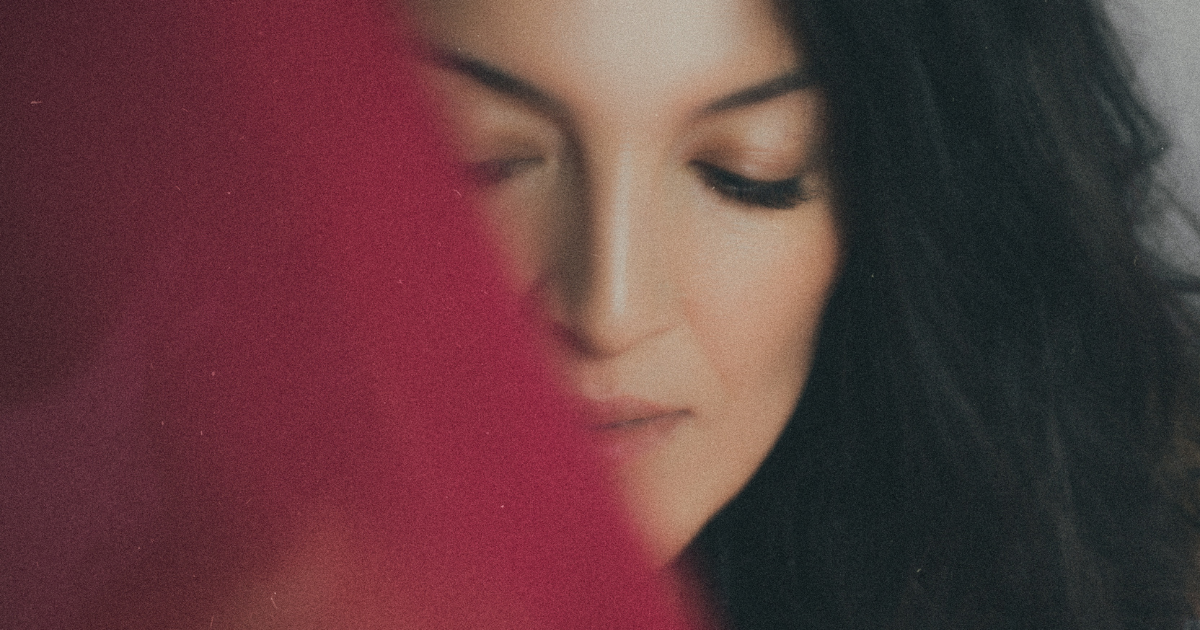“Picasso: The genius who transformed modern art”
"An artist is someone who paints what can be sold. But a good artist sells what he paints."

Today is the birthday of the most "expensive" Spanish artist, Pablo Picasso, born on October 25, 1881. This world-renowned master, considered the founder of Cubism, spent most of his life in France. As a witness to two world wars, Picasso had a significant influence not only on European art but on the entire world.
José Ruiz inherited his artistic talent from his father. However, despite this, his father did not find recognition in the art world and had to work as a museum curator. He provided Pablo with a stimulating artistic environment that fostered the development of his skills.
The Blue and Rose periods
Picasso's early works reflect his "Blue" and "Rose" periods. The exact date of the start of Picasso's Blue Period is unknown. The artist himself claimed it began after the death of his friend, Casagemas. However, art historian Helen Seckel questions this claim, noting that Picasso wasn't in Paris at the time. She emphasizes the importance of adhering to the chronology of events and points out that the theme of his friend's death only appeared in the artist's work later that year, along with several portraits of the deceased.
It is also suggested that Picasso's use of blue could be linked to his habit of working at night under lantern light, as well as his financial struggles, which prevented him from purchasing other paints.
One of the most symbolic paintings of the Blue Period is “La Vie” (1903), which depicts an allegory of the cycle of life, capturing the essence of the Blue Period, characterized by a somber mood and feelings of emotional isolation.
A culmination of Picasso's Blue Period is the portrait of a one-eyed woman named Celestina, where he began exploring the relationship between color and emotion.
Picasso's "Rose Period" marks a shift to a brighter, warmer palette. Instead of the cold tones that dominated his earlier works, he started using soft shades of pearly gray, joyful orange, pink, and red. Picasso created many famous artworks during this period.
The artist actively painted, engraved, and worked on ceramics, creating many figures depicting circus performers—groups of artists, clowns, and jesters. Circus figures became a dominant theme of his "Rose Period," vividly exemplified by his renowned work “Family of Saltimbanques.”

Photo: Instagram / goteborgsstadsmuseum
The painting “Family of Saltimbanques,” created in 1905, is one of the most recognizable works from Picasso's Rose Period. It portrays a group of circus performers wandering through a desolate landscape.
Some believe this work reflects themes of collective isolation and longing. Despite the characters' proximity to one another, there is no interaction between them.
It’s important to note that although Picasso used circus performers as models, he often portrayed them in states of rest.
Art as a diary of life
The events of Picasso's life left an indelible mark on his work, which can be seen as a precise, punctual, and methodical diary of his innermost feelings, thoughts, and concerns.
According to most experts, Picasso's works were entirely autobiographical. There was no female character that wasn't a portrait of the woman he loved. For Picasso, women were merely instruments used to express his anxieties, fears, and desires (even his unconscious ones).
To track his personal upheavals, Picasso continuously renewed his style, moving from the poetic atmosphere of the Blue Period to the detached dream of the Rose Period, from the revolution in Cubism to the exhilarating return to classical realism. Only after all this did he achieve a clear eclecticism of his previous styles.
This was a personal as well as a professional concern. When British photographer Sir Cecil Walter Beaton asked him, "Mr. Picasso, why do you change your style so often?" the master replied: "The different styles I use in my art should not be considered an evolution or steps towards an unknown ideal of painting... Different themes inevitably require different modes of expression. This is not evidence of evolution or progress; it is merely ideas expressed in different methods."
In the 1920s, Picasso explored a more classical style influenced by Greco-Roman art. “The Dance” and “Woman in the Garden” are examples from this stage, demonstrating the artist’s ability to masterfully switch between styles.
Cubism and abstraction
Cubism became Picasso's signature style. Works like “Les Demoiselles d'Avignon” and “Guernica” showcase his skill in deconstructing and reconfiguring reality.
“Guernica” is a famous painting by Pablo Picasso, completed in 1937. It was created in response to the bombing of the town of Guernica during the Spanish Civil War. The painting is considered a powerful anti-war work and a symbol of the suffering and destruction caused by war.

Photo: Pixabay, Almudena_Sanz_Tabernero
In the 1910s, Pablo Picasso moved away from Cubism towards a more abstract style. He began to use simplified and stylised forms in his work, seeing abstraction as a tool for expressing his subjective perception of reality and inner world. In this way, the artist sought to convey the versatility and diversity of the world around him.
In his later creative period, Picasso continued to experiment. Works such as “Man with a Lamb” and “The Weeping Woman” reveal his ability to constantly evolve and challenge expectations.
Picasso's works transcend time and continue to inspire artists around the globe. His capacity for innovation, experimentation, and reimagining himself throughout his life was a testament to his genius.


